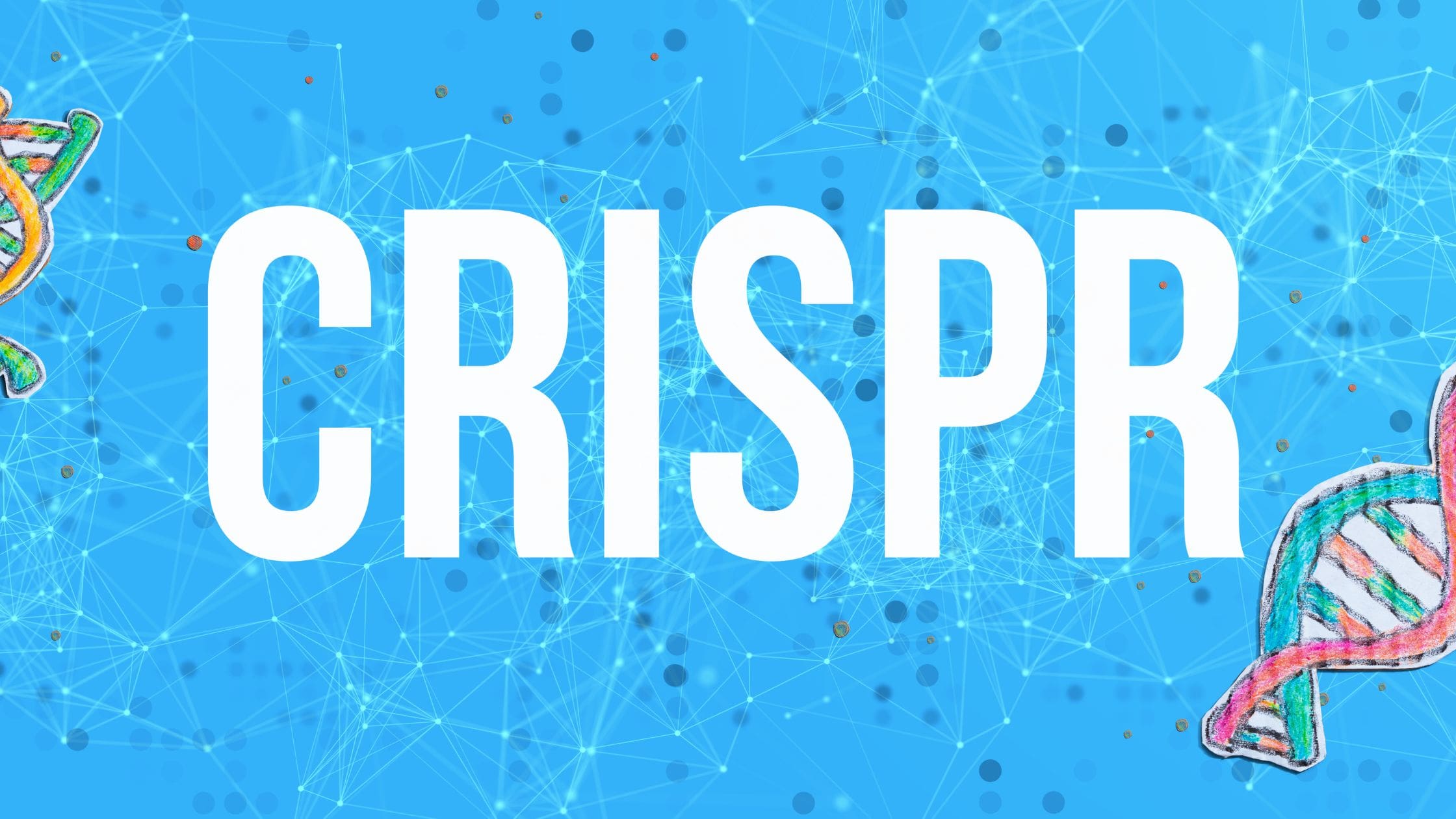Everywhere you look, blockchain is grabbing headlines. From sudden cryptocurrency highs and lows to announcements of increasing federal oversight, it has made waves across economic sectors and become frequent dinner table talk. Nobel Prize laureates, former political leaders, and celebrities alike are weighing in.
Most recently, the collapse of the popular cryptocurrency exchange FTX in November 2022 has raised pressing questions for investors at every level. FTX’s founder, Sam Bankman-Fried, who may now face prison time for fraud, could be considered a personification of blockchain’s ambitious promises and sharp downward turns thus far.
The current volatility of decentralized finance risks ending blockchain’s upward arc altogether. Many are asking: what’s next for this unique technology?
Like digital revolutions before it — including the creation of TCP/IP, Windows, and email — the road to blockchain’s widespread adoption has been lengthy and nonlinear. Its future depends on reputation and the willingness of major financial players to buy in, which probably won’t happen overnight. For comparison, consider the screen on which you are reading this. The nascent technology for computers emerged in the late 19th century, but personal computers wouldn’t be common (or affordable) until the 1980s — nearly one hundred years later.
In the coming decades, new use cases for blockchain will likely surface, more traditional economic institutions will embrace it, and stronger international policies will be implemented to keep the technology secure and functional. Here’s how those steps might take shape.
Promising Applications for Blockchain
Blockchain technology serves as an independent ledger of transactions —- making it ideal for digital asset acquisition. Its transparent, shared databases have attracted people from the art world, healthcare management, Wall Street, and more. As time passes, it appears that the most enduring applications for blockchain technology will be storing smart contracts and managing large data sets.
Smart contracts allow for a seller and buyer to execute the terms of an agreement without third-party verification. This cuts down on the need for intermediaries like brokers, saving time and money on each asset transfer made through blockchain. Smart contracts could have a major role to play in insurance, supply chain management, and the certification of property deeds.
Data management could also be simplified by implementing blockchain programs. In a sector like healthcare, the secure nature of blockchain could help medical professionals manage and exchange confidential health records and monitor the spread of major diseases.
Non-fungible tokens (NFTs) and digital currencies may be newsworthy now, but these other uses for blockchain are more likely to convince a larger audience of the technology’s merits.
Greater Institutional Acceptance
Blockchain’s use cases highlight its versatility, which could, in turn, lead to quicker adoption. However, like anything new in the financial sector, its reputation has an even larger influence over its sustained success. As always, it helps to know a guy. In the case of blockchain, that could look like a trusted and proven Silicon Valley CEO taking a risk on the technology or a major financial institution accepting cryptocurrencies as a form of valid payment.
So far, that acceptance has been halting and slow. Companies like Venmo and Paypal now allow users to accept Bitcoin payments on their platforms. Banking titans such as Morgan Stanley have also shown interest in the technology, offering wealthy clients with “an aggressive risk tolerance” the option to access Bitcoin funds.
Only time will tell if these gradual integrations will lead to the long-term utilization of blockchain. It may be years or decades before the digital currency is as unremarkable as dollar bills.
Increasing Security and Regulation
One of the main selling points of blockchain is its decentralized nature. Rather than a bank or federal authority at its core to approve transactions and verify financial claims, blockchain boasts a semi-democratic system of checks and balances.
But the proliferation of crypto scammers and frequent criminal usage of blockchain technology threatens these ideals. These activities have drawn the eye of several government bodies, including the FBI, SEC, and the White House.
Federal policies already struggle to keep pace with digital evolutions — from the outsized role of social media platforms to the ethics of advanced AI programs — and blockchain poses another problem for regulators. To protect investors, both big and small, regulations will be necessary. While some countries, including China, Nepal, and Morocco, have banned cryptocurrencies outright, others are considering legislation supporting technological advancement and reassuring investors.
U.S. President Biden’s first-ever crypto regulation framework proposes modifications to existing finance laws to include digital currencies. It also recommends an assessment of NFTs by the summer of 2023. While some early crypto enthusiasts balk at any oversight, many are hoping for a measured approach that cuts down on digital financial fraud and makes blockchain a safer bet for investors.




